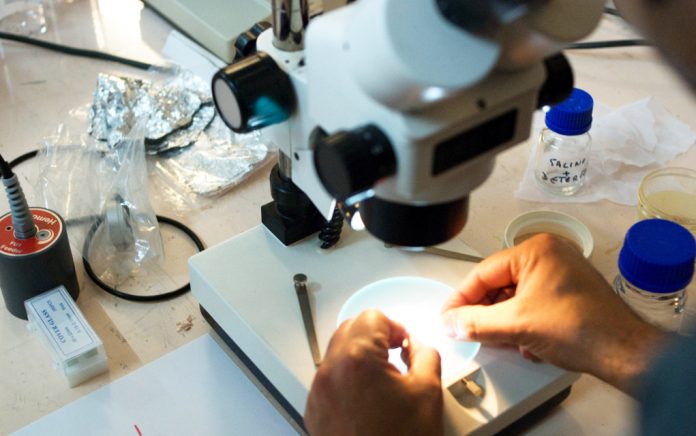Researchers must balance investment and mentoring when seeking funding, writes the chief of Z-Cube’s innovation division, Giovanni Rizzo.
Reports show that the global life science sector is set to grow to the value of $447.5 billion (£351 billion) by 2020, but early-stage life science start-ups are often largely cut-out of this bounty with large-scale M&A activity accounting for most investment.
The European life science start-up panorama is in fact blighted by a critical inconsistency: businesses typically tend to get funding when they have reached relative maturity, and yet they are unable to reach maturity without significant funding.
To solve this, many businesses are going public too early by commentators’ standards at the risk of undervaluing their business.
In the UK alone, university spin-offs account for 34 per cent of new life science start-ups each year. This finding highlights that start-ups in life sciences are very often composed and set up by visionary academics.
These academics, unfortunately, would probably not hesitate to describe themselves as inexperienced with the practicalities of setting up a business such as composing a robust business plan, sourcing a reliable supply chain, managing partners, tax and staffing issues.
Yet all these key business activities need to be fleshed out and accounted for if early-stage companies wish to impress investors and secure funding. A recent report by MindMetre Research confirms that a lack of key skills is a turn-off.
This environment, which sees early-stage often academic start-ups struggling to get finding, translates into a Catch-22 situation, where the only people knowledgeable enough to innovate are denied access to funding because they lack business experience and only firms that have already received funding are able to access more.
Such an environment is damaging to the whole life science sector as it stifles innovation, discourages entrepreneurial initiative and ultimately suppresses important developments that could improve patient health.
Life science early-stage start-ups should, therefore, consider wisely what type of support is offered by different types of investors, being careful not to underestimate the importance of access to mentors and advisors that can show them the ropes when it comes to the practicalities of setting up a business. So while the initial draw to a particular accelerator programme might be the availability of funding, not all programmes are set up to provide structured growth opportunities and counsel.
You should also consider the overall regulatory and entrepreneurial environment of the country your accelerator programme is based in specifically: are start-ups being offered incentives such as tax incentives or credits for R&D? How accessible are bank loans? What is the regulation on the transferral of fiscal losses? Is incorporation procedure seamless and easy? Italy, for example, has recently passed the pioneering Italian Startup Act, placing it second in the 2016 European Start-up Nation Scoreboard for adoption rate.
Data shows that 90 per cent of all start-ups fail within the first year. Raising money relies on a person’s ability to relate their vision and network, but securing the right exposure – being in front of the right people at the right time – is no easy task with many businesses crashing at this stage.
Choosing an accelerator that operates in the right sector can help connect with advisors and peers that understand your business, its processes and can help map out a future roadmap that avoids many of the obstacles and pitfalls that are common to your type of business.
Similarly, the right type of accelerator will expose your business to investors that are a good fit to your business. Joining an accelerator programme that provides counselling and advice can also be critical to building up the business to a stage where it becomes even more valuable.
Giovanni Rizzo PhD MBA is chief of the innovation division at Z-Cube.
Photo © MadLab Manchester Digital Laboratory (CC BY-SA 2.0). Cropped.


